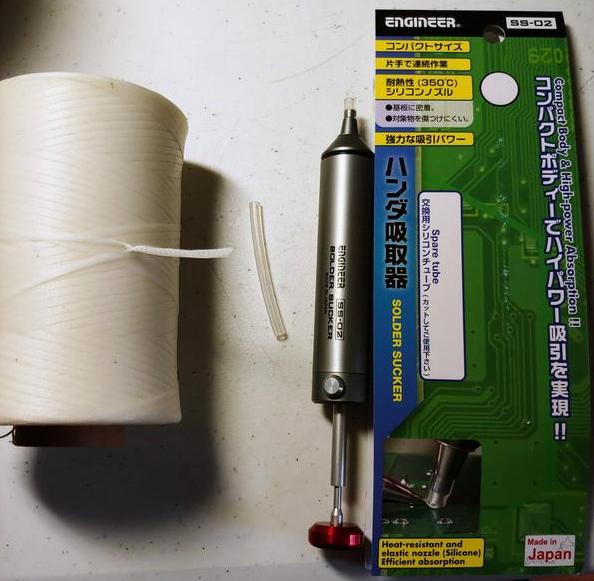I recently paid a professional tree service (with bucket truck to trim a bunch of big branches from old (tall) pines in my yard... They just dropped the branches in place. While i was unfamiliar with the technique they first score the underside of the branch with chain saw, but not deep enough to bind up, then finish the cut from above. This way the branches break away clean, instead of splitting/tearing, and fall almost flat. They did punch some holes in my yard dropping several inch thick branches from tens of feet high. If they lowered each branch individually with ropes they would still be out there. :

They roped the top section to bottom trunk of the one tree they topped (with lacing like knots) before completely felling it. This way they controlled where the top section ended up falling to reduce consequential damage to nearby trees. I have one pecan tree that would have been trashed by a straight drop of that unwanted pine.
I vaguely recall doing some cable lacing back in the 60s as a technician on a military (navy) project, not much in the decades since then. I don't miss it.
JR













